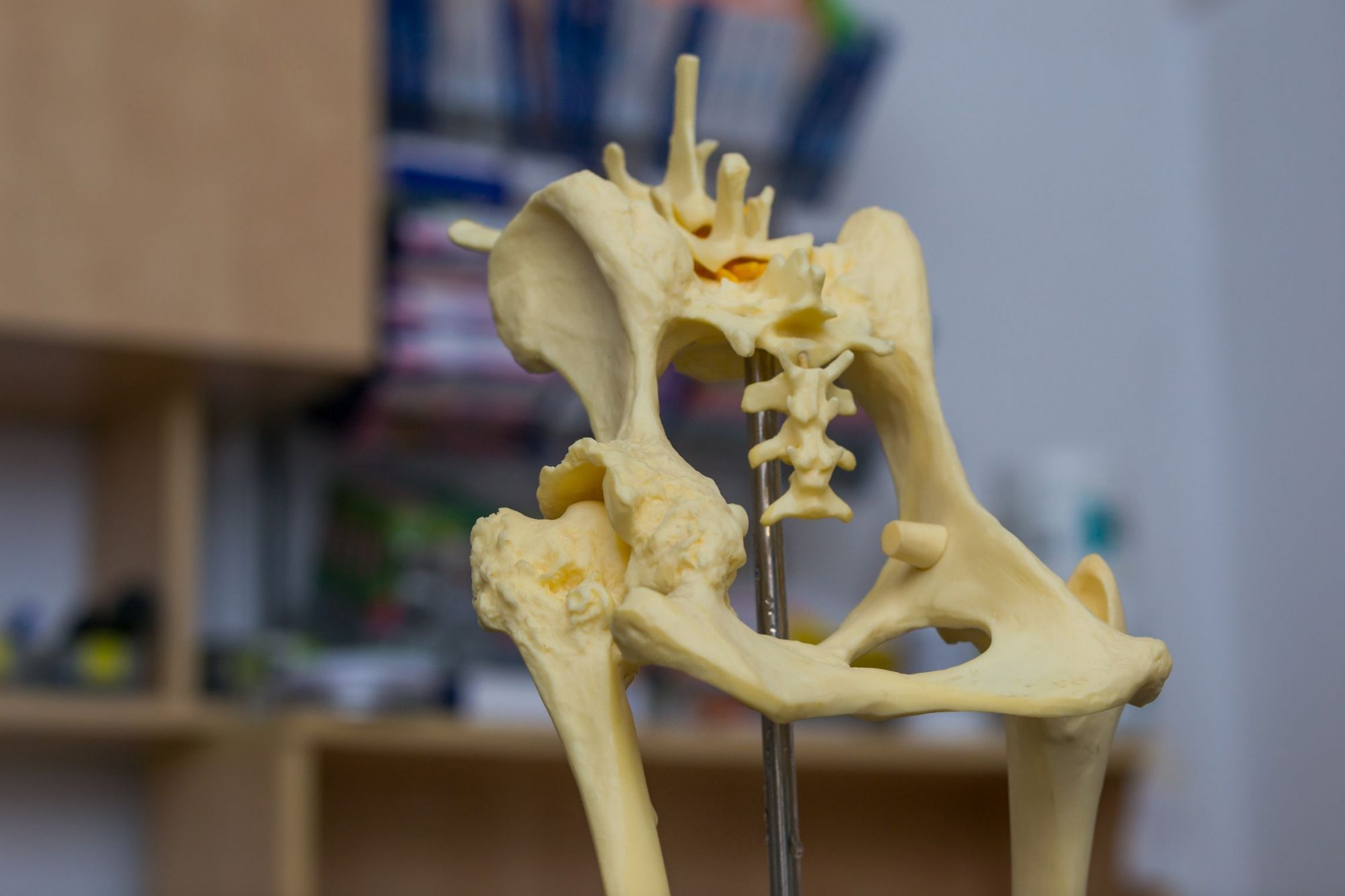Healthy Hips, Happy Dog: Understanding and Managing Hip Dysplasia in Dogs

Part of being a dog is running and playing and generally enjoying life. When our pets hurt, they can’t partake in these joyful activities. Canine orthopedic conditions like hip dysplasia in dogs can definitely affect quality of life, and Harpeth Hills Animal Hospital wants to make sure that your pet’s time with you is optimal.
Hip Dysplasia in Dogs
The hip joint is a pretty unique joint. Formed as a ball and socket, the head of the femur should rotate smoothly in the socket on the pelvis (the acetabulum). This gives the hip, or coxofemoral joint, a versatile range of motion.
Sometimes, though, a hip joint malformation in dogs can interrupt this amazing setup. Canine hip dysplasia occurs as the hip joint is forming, leading to a misalignment. This can mean joint laxity, decreased range of motion, and the development of arthritis over time. One or both hip joints can be affected.
We do know that there is a genetic component involved in dog breed susceptibility to hip dysplasia. While any dog (and the occasional cat) can be affected, we most often diagnose this condition in large breeds like German shepherds, rottweilers, Newfoundlands, and bulldogs.
Diagnosing and Managing Hip Joint Malformation
Early on in a dog’s life, outward signs of hip dysplasia may be minimal. Owners may notice:
- Occasional limping
- “Bunny” hopping when running
- Clicking noise when moving
- Reluctance to jump up
As arthritis sets in with age, affected dogs will often have increasing lameness and muscle loss in their hindquarters.
Most often our team can diagnose a pet with hip dysplasia based on history, physical examination, and radiographs (X-rays) of the hips.
If a dog has hip dysplasia, there are many options to manage this canine orthopedic condition. Weight management, strengthening exercises, nutraceuticals, and adjunctive care such as rehabilitation therapy can be helpful. In more serious cases, additional pain management may be needed.
For younger dogs with more pronounced changes, surgical options such as total hip replacement or femoral head ostectomy (FHO) may be worth exploring.
Helping Your Pup’s Hips Thrive
If happy hips help to make a happy dog, you want to do everything that you can to take care of your favorite canine’s coxofemoral joints. You can do your part by:
- Helping your dog maintain a healthy body weight
- Feeding a diet labeled for growth in appropriate amounts to puppies
- Choosing a dog from a breeder who screens for genetic hip dysplasia in their lines
- Using a joint supplement as recommended
- Avoiding adding vitamins/minerals to your pet’s diet without consulting a veterinarian
- Discussing the optimal time to spay or neuter your large breed dog with our veterinarians
We are glad to help you take care of your beloved pet, hips and all. Contact us with any questions or concerns. That’s what we are here for.

